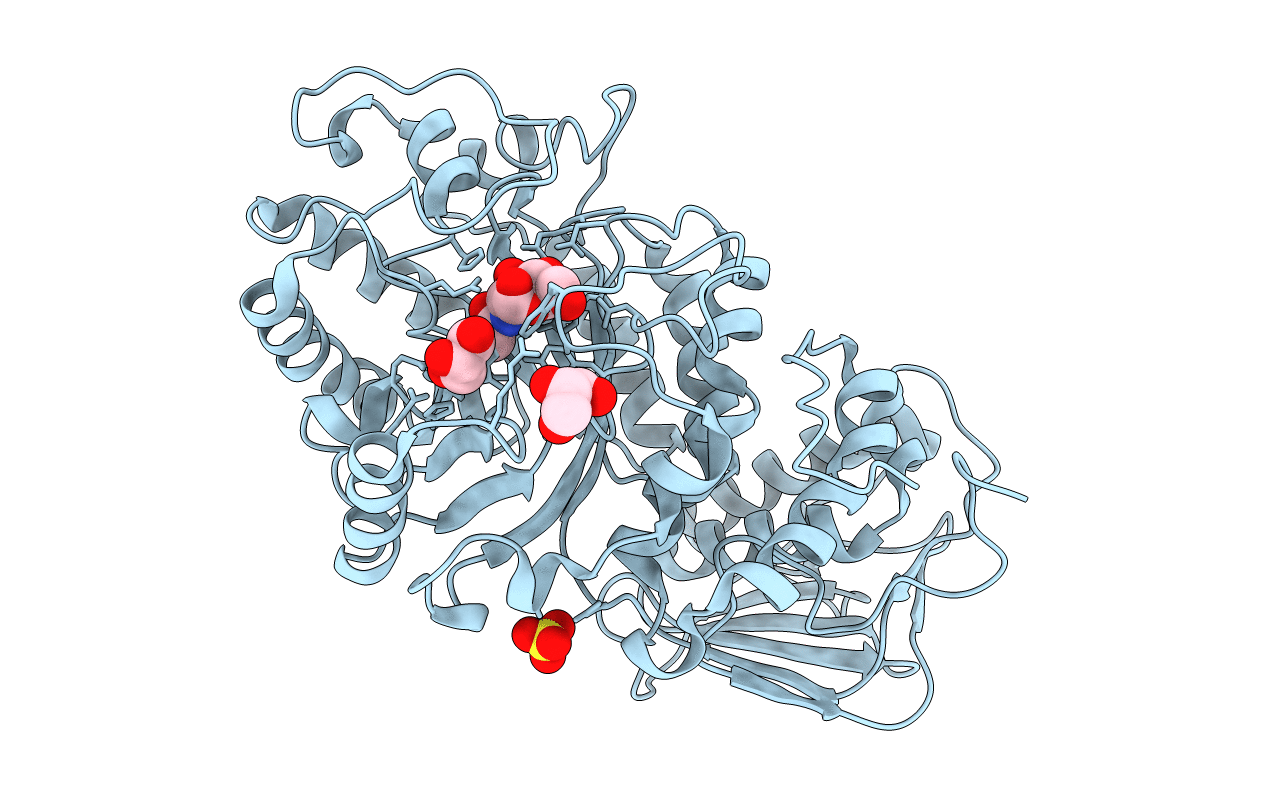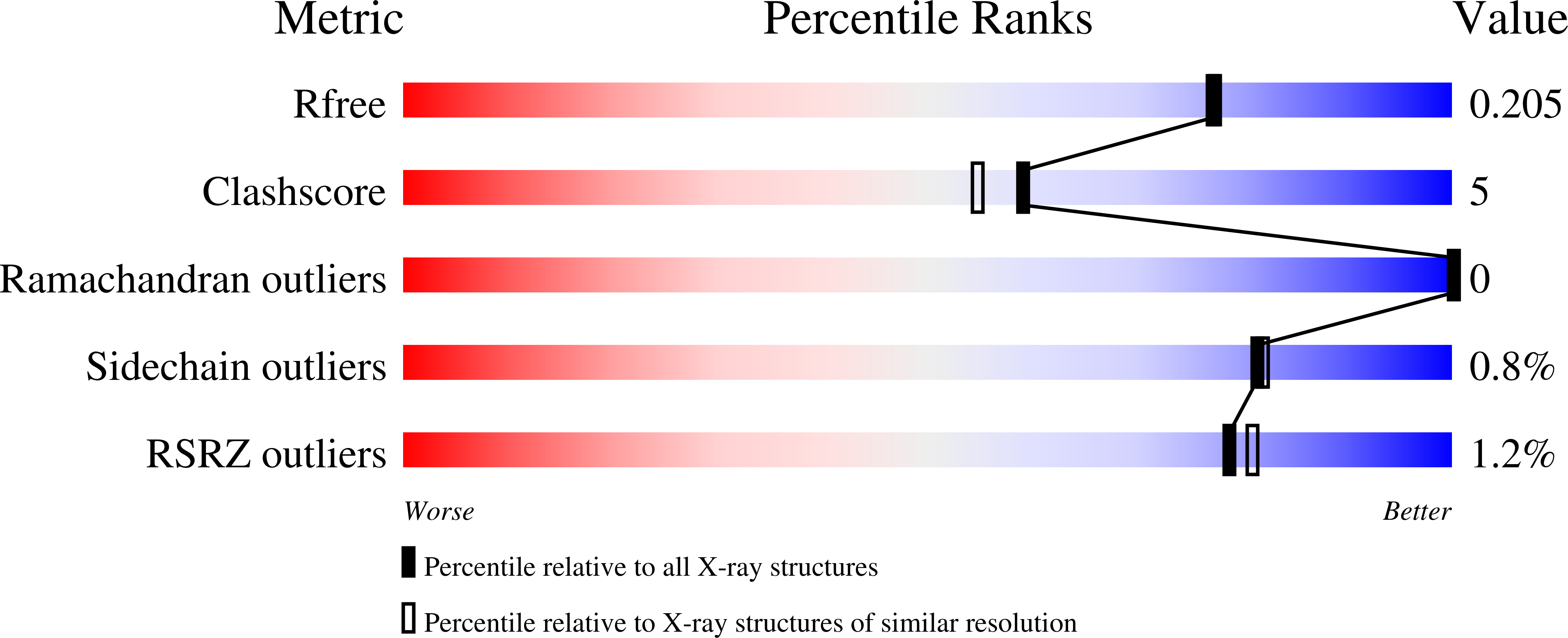
Deposition Date
2002-06-11
Release Date
2002-12-11
Last Version Date
2024-10-30
Entry Detail
PDB ID:
1M03
Keywords:
Title:
Mutant Streptomyces plicatus beta-hexosaminidase (D313A) in complex with product (GlcNAc)
Biological Source:
Source Organism:
Streptomyces plicatus (Taxon ID: 1922)
Host Organism:
Method Details:
Experimental Method:
Resolution:
1.90 Å
R-Value Free:
0.21
R-Value Work:
0.19
R-Value Observed:
0.19
Space Group:
P 61 2 2


